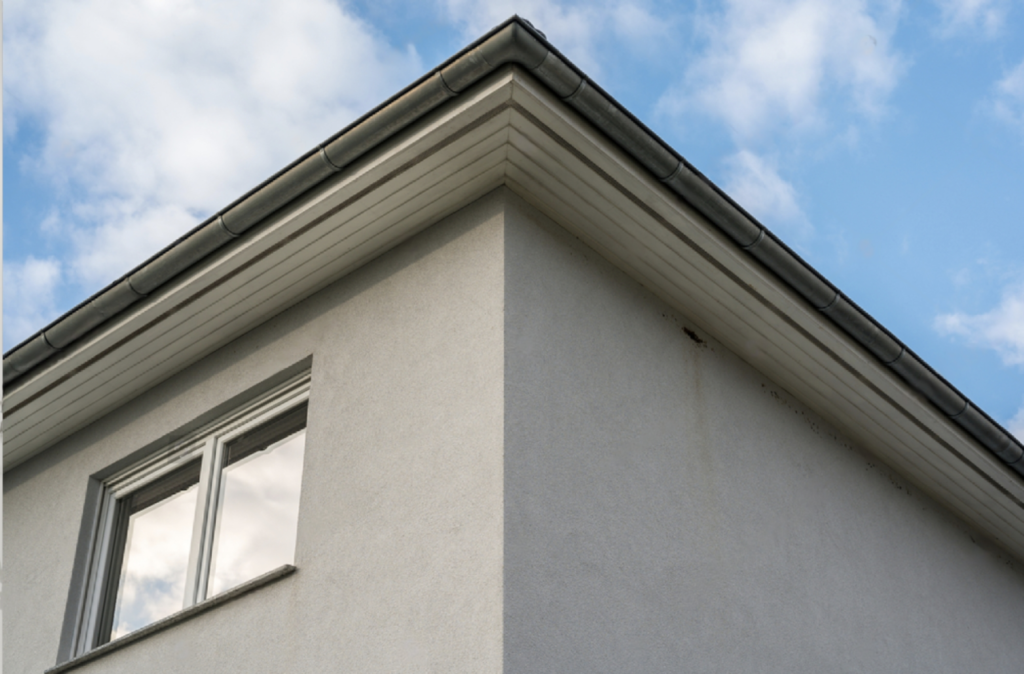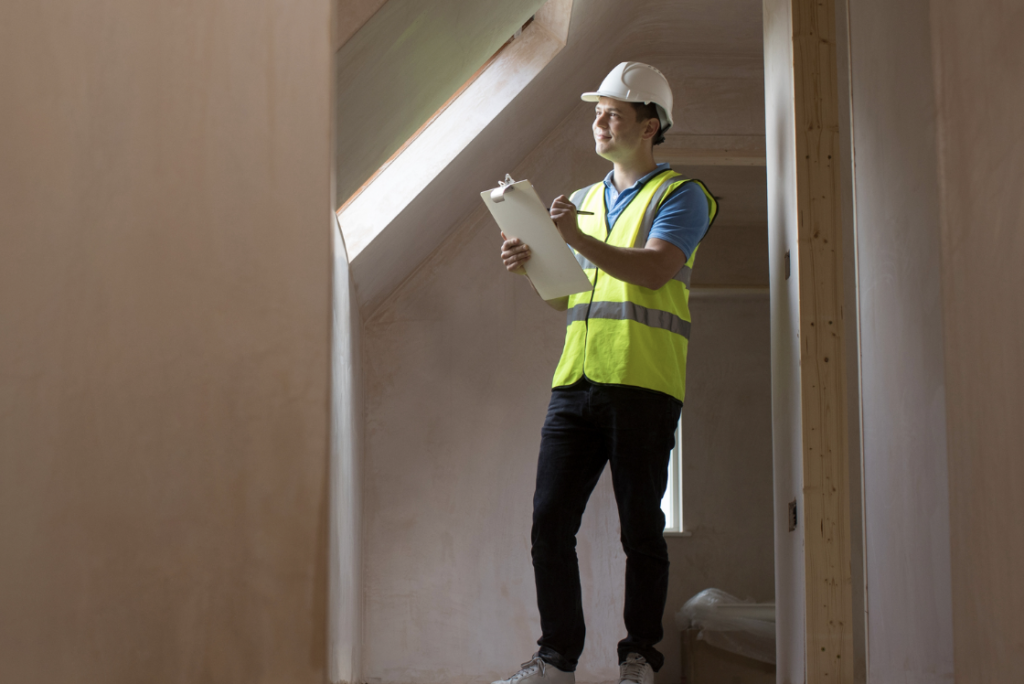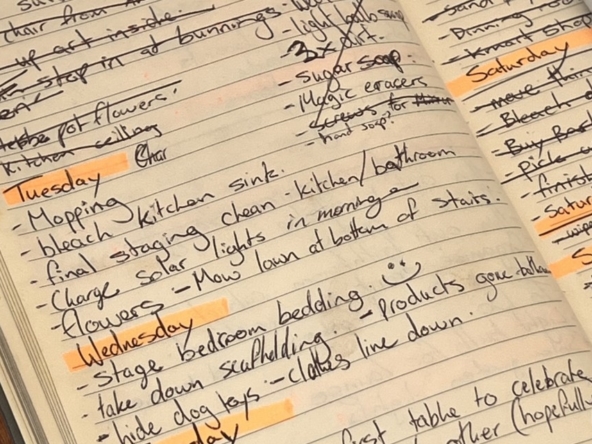Here are some tips and advice on what you need to know
Introduction
Welcome to our comprehensive guide on buying or selling a plaster home in Auckland. Whether you’re a homeowner looking to sell your property or a prospective buyer interested in investing in a plaster home, this article will equip you with valuable knowledge and expert advice to make informed decisions. Auckland’s housing market presents unique opportunities and challenges, particularly when it comes to plaster homes. In this guide, we’ll explore the key factors to consider, potential risks associated with plaster homes, tips for a successful transaction, and much more. So, let’s dive in!
Buying or Selling a Plaster Home in Auckland: An Overview
Before we delve into the specifics, let’s establish a foundational understanding of buying or selling a plaster home in Auckland. Plaster homes, commonly found in the region, have distinctive features and considerations that both buyers and sellers need to be aware of. Let’s explore the main aspects:
What is a Plaster Home?
A plaster home refers to a type of construction where the exterior walls are covered with plaster or stucco. These homes are typically built with a timber frame and have a plaster cladding system applied to the exterior. Plaster homes were popular in Auckland from the 1980s to the early 2000s.
Unique Characteristics of Plaster Homes
Plaster homes have certain characteristics that set them apart from other types of construction. Understanding these unique features is crucial for both buyers and sellers. Here are some key points to consider:
- Exterior Appearance: Plaster homes often have a smooth and modern aesthetic, with a seamless finish on the exterior walls.
- Thermal Performance: Properly insulated plaster homes can offer excellent thermal performance, keeping the interiors warm in winter and cool in summer.
- Soundproofing: The thickness of the plaster cladding can contribute to sound insulation, reducing noise transmission from outside.
- Maintenance Requirements: Plaster homes require regular maintenance, including inspections and potential repairs to ensure the integrity of the cladding system.
- Weather Tightness Concerns: Some plaster homes built during a specific period may be prone to weather tightness issues, which we’ll explore in detail later.

Risks and Challenges with Plaster Homes
While plaster homes offer several benefits, it’s important to be aware of the potential risks and challenges associated with this type of construction. Buyers and sellers should carefully consider these aspects:
- Weather Tightness Issues: Certain plaster homes built between the 1990s and early 2000s may have weather tightness problems, which can lead to moisture ingress and other related issues.
- Remediation Costs: If a plaster home requires remediation work to address weather tightness issues, it can be a significant expense for homeowners.
- Valuation and Financing Challenges: Plaster homes with weather tightness concerns may face challenges during the valuation process and securing financing, potentially affecting the buying or selling process.
- Disclosure and Insurance: Sellers need to ensure accurate disclosure of any known weather tightness issues, as this can impact insurance coverage and buyer confidence.
Now that we’ve covered the basics of plaster homes, let’s explore the buying and selling process in Auckland, along with some valuable tips and considerations.
Buying a Plaster Home in Auckland: What You Need to Know
If you’re considering buying a plaster home in Auckland, it’s crucial to approach the process with careful consideration and due diligence. Let’s explore some essential factors and tips to guide you through a successful purchase.
1. Engage the Services of a Knowledgeable Real Estate Agent
When buying a plaster home in Auckland, it’s highly recommended to work with a knowledgeable real estate agent who has experience with this specific type of property. An expert agent will guide you through the process, help you identify suitable listings, and provide valuable insights about the condition of the property.
2. Thorough Pre-Purchase Inspection
Before finalizing the purchase, it’s imperative to conduct a thorough pre-purchase inspection of the plaster home. Hiring a qualified and experienced building inspector will help identify any existing issues, potential risks, or maintenance requirements.

3. Assess Weather-Tightness
Given the weather tightness concerns associated with some plaster homes, it’s essential to assess the property’s weather tightness performance. Engage a building inspector or an expert in weather tightness assessments to evaluate the property thoroughly.
4. Review Weathertightness Reports
For plaster homes built during the problematic period, it’s crucial to review any available weather-tightness reports. These reports outline the history of weather tightness issues, any remedial work completed, and the overall condition of the property.
5. Seek Legal Advice
Engaging a qualified property lawyer is vital to navigating the legal complexities involved in buying a plaster home. They will review legal documents, advise on due diligence, and ensure you understand all contractual obligations and potential risks.
6. Understand Insurance Implications
Insurance coverage for plaster homes can be affected by weather-tightness concerns. Before purchasing, it’s essential to consult with insurance providers to ensure you can secure appropriate coverage for the property.
Selling a Plaster Home in Auckland: Essential Considerations

If you’re a homeowner planning to sell your plaster home in Auckland, there are several important factors to keep in mind. Proper preparation and strategic decision-making can significantly impact the sale process and final outcome. Let’s explore some key considerations:
1. Obtain a Pre-Sale Inspection
Getting a pre-sale inspection done on your plaster home can provide valuable insights into its condition and potential issues. This allows you to address any necessary repairs or maintenance before listing the property for sale.
2. Weather Tightness Assessment
To instill confidence in potential buyers, consider conducting a weather tightness assessment and obtaining a report that highlights the property’s current condition and any remedial work that has been undertaken.
3. Address Maintenance Requirements
Completing any necessary repairs or maintenance tasks before listing the property will help present it in the best possible light. This can include addressing any weather tightness issues, repainting, or fixing minor cosmetic flaws.
4. Accurate Disclosure
To maintain transparency and uphold legal obligations, ensure accurate disclosure of any known weather tightness issues or past remedial work. This helps potential buyers make informed decisions and reduces the risk of post-purchase disputes.
5. Engage a Skilled Real Estate Agent
Working with a skilled real estate agent who understands the unique aspects of selling plaster homes is crucial. They can help you position the property effectively, market it to the right audience, and negotiate the best possible sale price.
6. Highlight Unique Features
Emphasize the advantages of owning a plaster home, such as its modern aesthetic, soundproofing qualities, and potential for excellent thermal performance. Showcase these unique features in your property listings and during open houses.
FAQs
Q: Are plaster homes more expensive than other types of construction in Auckland?
The cost of plaster homes can vary depending on factors such as location, size, and overall condition.
While plaster homes may have a higher initial price tag compared to some other types of construction, it’s important to consider the overall value and potential benefits they offer.
Plaster homes often boast modern aesthetics, soundproofing qualities, and excellent thermal performance when properly insulated. These unique features can contribute to long-term savings on energy bills and enhance the overall living experience.
Ultimately, the price of a plaster home should be assessed in conjunction with its specific attributes and the Auckland housing market.
Q: What are the common signs of weather tightness issues in plaster homes?
Weather tightness issues in plaster homes can manifest in various ways. It’s essential to be vigilant and look out for potential signs during inspections. Some common indicators of weather tightness problems include:
- Visible Cracks: Cracks on the exterior plaster cladding, particularly if they are large or extensive, can be a warning sign of potential water ingress.
- Bubbling or Blistering: The presence of bubbles or blisters on the plaster surface can indicate moisture trapped beneath the cladding, potentially leading to further damage.
- Staining: Discoloration or staining on the exterior walls may suggest water penetration or moisture-related issues.
- Dampness or Musty Odors: The presence of dampness, mould, or musty odours inside the property can be indicative of water infiltration and ongoing moisture problems.
- Rot or Decay: Any visible signs of wood rot or decay on the timber framing of the home, especially near the cladding, should be thoroughly investigated.
If you notice any of these signs or have concerns about weather tightness, it’s advisable to seek professional advice from a qualified building inspector or weather tightness expert.
Q: Can weather tightness issues be fixed in a plaster home?
Yes, weather-tightness issues in plaster homes can be addressed through remediation efforts. However, the extent and cost of the remediation will depend on the specific nature and severity of the problems.
It’s essential to engage professionals experienced in weather tightness remediation to accurately assess the situation and develop an appropriate remedial plan. The process may involve removing and replacing the existing plaster cladding, repairing damaged areas, improving insulation and ventilation, and ensuring proper weatherproofing measures are in place.
Remediation costs can vary significantly, so it’s crucial to obtain multiple quotes and consider these potential expenses when buying or selling a plaster home.
Q: Should I consider purchasing a plaster home with weather-tightness issues?
Purchasing a plaster home with known weather-tightness issues requires careful consideration. While such properties may present an opportunity for buyers to negotiate a lower purchase price, it’s crucial to assess the potential costs and risks associated with remediation.
Before proceeding, engage building inspectors, and obtain professional advice to determine the extent of the issues and the estimated cost of remediation. It’s also important to factor in any potential financing challenges or insurance implications that may arise.
Carefully weigh the pros and cons, and ensure you have a thorough understanding of the property’s condition before making a decision.
Q: Are there any resources or organisations that provide information on plaster homes in Auckland?
Yes, there are resources and organizations that can provide valuable information and assistance regarding plaster homes in Auckland. Some of these include:
- Auckland Council: The Auckland Council website offers information on building permits, consents, and regulations related to construction, including guidance specific to plaster homes.
- New Zealand Institute of Building Surveyors (NZIBS): The NZIBS is a professional organization that represents building surveyors. They can provide advice and recommend qualified professionals for building inspections and assessments.
- Real Estate Agents Authority (REAA): The REAA oversees the licensing of real estate agents in New Zealand. They can provide guidance on finding reputable agents with experience in selling plaster homes.
- Weathertight Homes Resolution Service: This government-funded service provides information, support, and guidance for homeowners dealing with weather-tightness issues. They can offer resources and assistance for both buyers and sellers of plaster homes.
These resources can be valuable references and starting points to gather information and find professionals with expertise in plaster homes in Auckland.
Q: What are some tips for a successful negotiation when buying or selling a plaster home in Auckland?
Negotiation is a crucial aspect of the buying or selling process, and it’s important to approach it strategically. Here are some tips to help you navigate negotiations successfully:
- Do Your Research: Gather information about comparable sales in the area to understand the market value of the property. This knowledge will empower you during negotiations.
- Consider All Factors: Look beyond the purchase price or sale price and consider other variables such as repairs, maintenance, or potential costs associated with weather tightness issues. These factors can influence the final negotiation outcome.
- Be Prepared to Compromise: Negotiation often involves give and take. Be open to finding mutually beneficial solutions and be prepared to compromise on certain aspects to reach an agreement.
- Engage Skilled Professionals: Work with experienced real estate agents or lawyers who can provide valuable guidance during negotiations. Their expertise and knowledge of the market can be instrumental in achieving a favourable outcome.
- Maintain Open Communication: Clear and open communication with the other party is essential for a successful negotiation. Listen to their concerns and perspectives, and clearly articulate your own to find common ground.
Remember, negotiation is a dynamic process, and it’s important to approach it with a flexible mindset and a willingness to find common ground that satisfies both parties.
Conclusion
Buying or selling a plaster home in Auckland requires careful consideration and a thorough understanding of the unique aspects associated with this type of construction.
By following the tips and advice outlined in this comprehensive guide, you’ll be well-equipped to navigate the process successfully.
Whether you’re a buyer or a seller, it’s crucial to engage professionals, conduct thorough inspections, and weigh the costs and benefits of plaster homes in the Auckland housing market.
Remember, being well-informed and making informed decisions are key to achieving a smooth and successful transaction.
For more trusted advice on buying and selling a home in New Zealand, simply go to https://www.settled.govt.nz/





